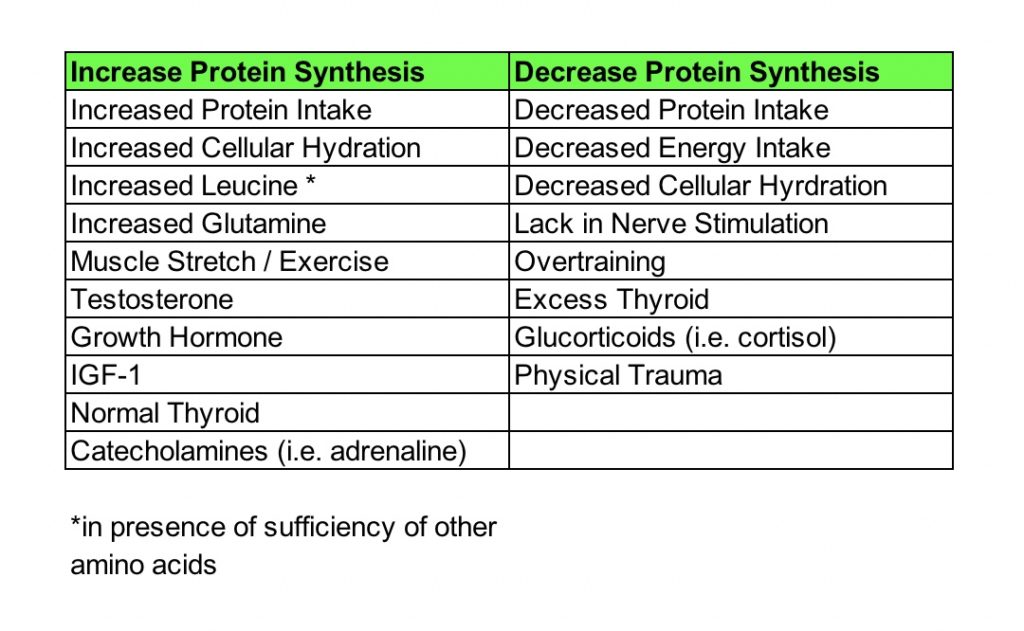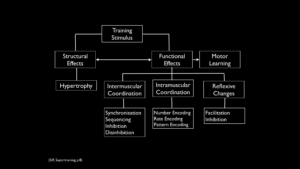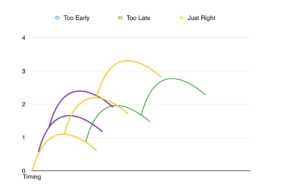When Should You Do Your Cardio To Get The Most Fat Loss?
For those that know me, you know all too well how I feel about cardio as a form of training for fat loss.
In fact, I’ve had many people that have prepped for competitions (myself included) that have done zero cardio during the entire prep process. Let’s face it, you don’t have all the time in the day to dedicate to training, so the precious time you do have should be allocated to the most productive means necessary.
When it comes to body composition changes, cardio should be looked at as the icing on the cake, not the cake in itself. Layne Norton has summed up this approach probably the best with the following
“If you’re a bodybuilder and you’re spending more time doing cardio than you do lifting weights, something is wrong”
You don’t have to be a bodybuilder in the competition sense for this to apply to. If your goal is to increase some lean mass and drop body fat, then the same rules apply to you.
With that said, cardio can definitely add extra fire to your fat burning goals if you want to add it in there. But I still see people who miss out on some basic application of cardio principles.
So, if you absolutely must add cardio in to your training mix, one of the most common questions usually comes around to When Is the Best Time To Do My Cardio For Fat Loss?
“Should I do my cardio on an empty stomach first thing in the morning?”
“Should I do my cardio before training?” “After training?”
Here are some simple cardio truths for you:
- There is NO EVIDENCE that doing cardio BEFORE weight training causes more fat loss. In fact there is evidence that “performing cardio before weight training actually inhibits resistance training adaptations” (Norton, 2018) This one has been around forever, and makes perfect logical sense when you think about it. Exercises that demand higher skill and higher strength output should ALWAYS be prioritised at the beginning of your session. Exercises and activities that require more endurance and are less demanding skill wise – i.e. repetitive cyclical movements like running, other cardio – should be put at the end of the workout. This ensures the more demanding exercises receive the full attention before your body gets fatigued.
- Ideally, you want to do your cardio on separate days to your weight training. If that is not possible, then try and schedule as much time between your cardio sessions than your weight sessions
- If all that fails – for reasons stated above – do your cardio AFTER your weights session. It won’t necessarily be better for your fat loss quest, but it won’t interfere with your weight training session as much.
Currently there’s no good evidence suggesting that fasted cardio in the morning is better for fat loss. The only rule you need to remember about cardio is this:
Just as long as you get it done the results are all comparable.
Don’t overthink when you should do it. Just do it.
The only thing you really need to worry about with regards to timing is making sure you do it at a time that will have the least impact on your resistance sessions.



